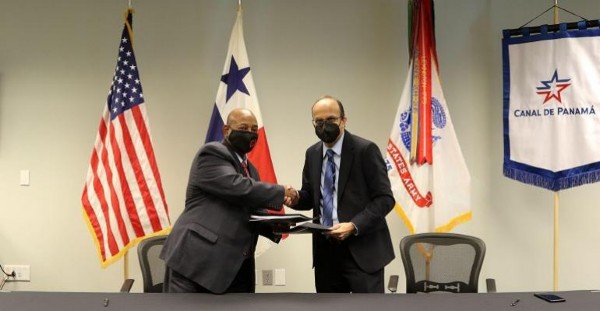The Panama Canal has signed a contract with the US Army Corps of Engineers (USACE) for consulting and technical advisory services for the Water Projects Programme for the key waterway connecting East and West.
The programme aims at achieving an optimised water management system focused on supplying water to the population and the waterway.
Last June, the Canal reformulated the bidding model for the construction and start-up of the optimised water management system, in response to suggestions made by interested companies during the pre-qualification process.
The water project programme, estimated to cost around $2bn, consists of a portfolio of projects that will provide a raw water supply solution for more than half of the country’s population concentrated in the provinces of Panama, Colon and West Panama, as well as for the operation of the Canal, considering sustainable development, climate scenarios and growth projections.
USACE will provide special services for the review of existing studies, as well as the identification and execution of those required to evaluate possible alternatives, development of models and simulations, and preparation of conceptual designs, amongst other programme activities.
Both entities signed a cooperation and technical assistance agreement in 2019 for the development of engineering services, environmental sustainability, operation, disaster damage reduction, and integrated water resources management risk analysis.
USACE has detailed knowledge and information on the hydrology and operation of the Panama Canal. In 1997, it developed a study of the Panama Canal infrastructure, prior to its transfer to Panamanian hands, which allowed the formulation of a master plan that identified more than 800 tasks that needed to be executed b before transferring it to Panamanian administration in the appropriate conditions.
Since then, it has participated in the analysis, maintenance, and improvements of the waterway, accumulating experience and knowledge that are strategic to the programme, including evaluation projects on water supply alternatives to meet the Canal’s operational needs and participation in the conceptual design of the third set of locks in the Atlantic, amongst others.
Source: Seatrade Maritime





